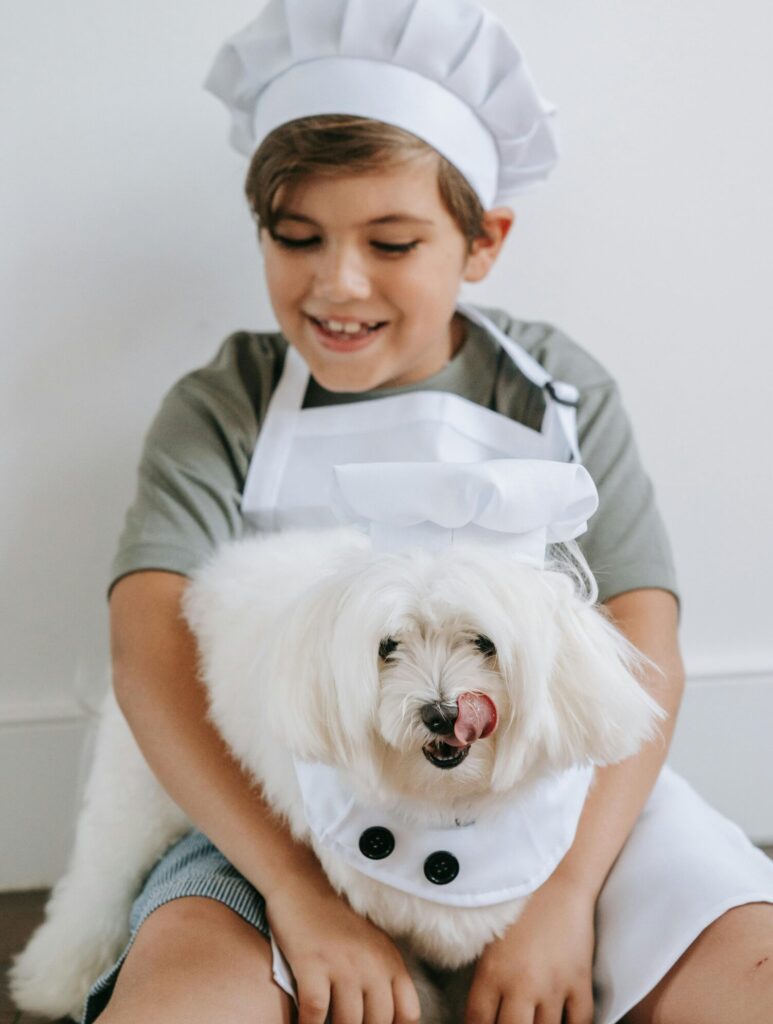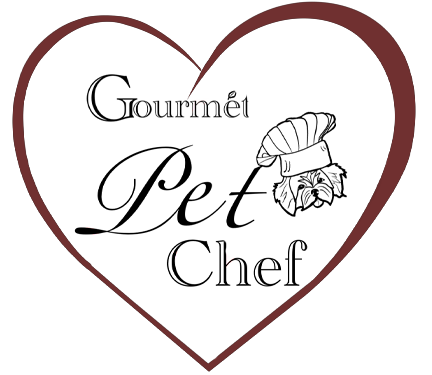Walk down any pet store aisle and you’ll see it – rows of colorful bags and cans, each boasting promises of “premium,” “natural,” or “grain-free.”
They’re designed to catch your eye, but the real story about what’s in your dog’s bowl isn’t on the front. It’s on the back, in the fine print of dog food labels.
Learning how to read and interpret those labels is one of the most important things you can do for your pet’s long-term health.
Why Reading Labels Matters More Than Marketing Claims
It’s easy to be swayed by buzzwords – “Farm fresh,” “holistic,” “superfood blend” — but a true dog superfood goes beyond marketing, delivering real benefits like antioxidants, omega-3s, and probiotics. Anyone can use buzzwords without proof.
Dog food labels are a map, showing where the nutrition comes from, how much is in the food, and sometimes what’s missing.
Once you know how to read them, you can spot genuinely healthy options over clever marketing.
Start With the Ingredient List
Think of the ingredient list as the recipe for your dog’s meal. By law, ingredients must be listed in descending order by weight.
The first few items make up the bulk of the food and can make a significant difference for dogs with food sensitivities who may react to certain grains, additives, or low-grade by-products.
Here’s what to look for:
- Named protein sources – Look for specific meats like “chicken,” “beef,” or “salmon” rather than vague terms like “meat meal” or “animal by-products.”
- Whole food ingredients – Brown rice, sweet potatoes, carrots, and spinach are more nutrient-rich than fillers like corn gluten meal.
- Avoid unnecessary additives – Artificial colors, flavors, and chemical preservatives (like BHA and BHT) don’t belong in quality dog food.
A good rule of thumb? If the first ingredient isn’t a high-quality protein, it’s probably not the best choice.
Understanding Guaranteed Analysis
Guaranteed analysis is like the nutrition facts panel on human food, except it looks more like a chemistry report. It lists the minimum levels of protein and fat, and the maximum levels of fiber and moisture.
For example:
- Crude Protein: Minimum 25%
- Crude Fat: Minimum 14%
- Crude Fiber: Maximum 4%
- Moisture: Maximum 10%
But here’s the catch: those numbers are given “as fed,” meaning they include moisture content.
If you’re comparing a dry kibble dog food to a wet canned food, the percentages can be misleading. That’s why many pet nutritionists convert these numbers to a “dry matter basis” for an accurate comparison.
The Role of AAFCO Statements
Ever notice the small print on the label that says something like “Formulated to meet the nutritional levels established by the AAFCO Dog Food Nutrient Profiles”?
That’s the Association of American Feed Control Officials, the group that sets nutritional standards for pet food.
This statement tells you whether the food is:
- Complete and balanced for a specific life stage (puppy, adult, senior)
- Intended for supplemental feeding only (like treats or toppers)
- Suitable for all life stages
While an AAFCO statement doesn’t guarantee premium quality, it’s a baseline for meeting a dog’s nutritional needs.
Ingredient Splitting – A Sneaky Label Trick
Some brands use a tactic called “ingredient splitting” to make less desirable ingredients look less significant.
For example, instead of listing “corn” as a single first ingredient, they might break it down into “corn flour,” “corn gluten meal,” and “ground corn,” pushing them further down the list. But when combined, corn might still be the main component.
This is why reading labels is about patterns, not just individual items. If you see multiple variations of the same filler, you know what’s going on.
Don’t Forget the Feeding Guidelines
Feeding guidelines tell you how much to serve based on your dog’s weight, but these are starting points, not strict rules. Activity level, age, metabolism, and even climate can change your dog’s caloric needs.
Overfeeding is one of the biggest contributors to obesity in dogs, a problem linked to joint issues, diabetes, and heart disease, so meals rich in healthy fats for dogs should be part of a balanced diet that supports weight management and overall health.
When in doubt, measure portions with a proper scoop and monitor your dog’s body condition regularly.
Common Misconceptions About Dog Food Labels
Many pet owners assume that higher protein percentages always mean better food. But balance is key.
For example, a working dog might need high protein and fat for energy, while a couch-loving senior dog might do better with lower fat and more fiber.
In reality, how much protein your dog needs depends on age, activity level, and overall health rather than a single number on the label.
Another misconception is that “grain-free” automatically means healthier. Unless your dog has a diagnosed grain allergy, grains like brown rice and oats can be excellent sources of energy and nutrients.
Putting It All Together
Once you start reading dog food labels with a critical eye, you’ll notice patterns quickly.
Quality proteins appear at the top. Fillers are minimized. Nutrients meet your dog’s life stage requirements. And feeding amounts are sensible for maintaining a healthy weight.
Think of it like grocery shopping for your family, you wouldn’t buy a cereal without checking its sugar content, so why skip that step for your dog?
Choosing Wisely for Your Best Friend
Your dog can’t tell you what’s in their bowl, but they trust you to get it right. Learning to interpret dog food labels is an investment in their health, happiness, and longevity.
At Gourmet Pet Chef, we believe every pet deserves wholesome, thoughtfully chosen food, from chef-prepared fresh meals to nutritious, small-bite chicken kibble.
Understanding labels is the first step to making that happen, and your dog’s wagging tail will be all the proof you need. Contact us today to start your pup’s journey to better nutrition.
 Skip to content
Skip to content


